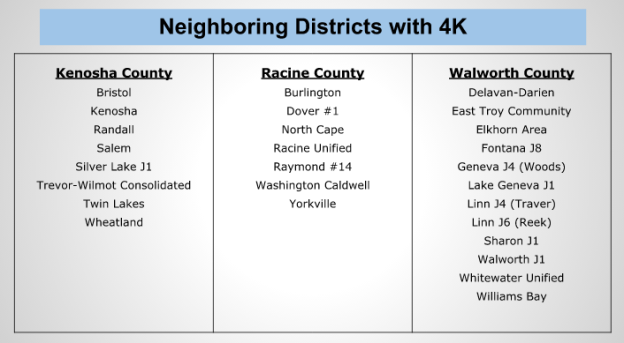
Myth #2: Early Learning is Ineffective
Mountains of research in the last decade point to early education as the best way to counteract the toxic stress that leaves many kids at such a disadvantage, but there are plenty of opponents on this point too.
This dubious myth comes from studies that supposedly show little overall achievement among students who’ve gone through early learning programs. In particular, early education opponents have been harping on a recent government study on Head Start that found that the benefits of the program largely disappear after the third grade — the so-called “fade out” phenomenon.
If preschool has no lasting effect there’s no reason to fund it, some will argue. The problem is that opponents simply misinterpret the study they are using to attack early education efforts.
For example, “fade out” doesn’t mean that programs like Head Start are ineffective. Look carefully at the Head Start study: “In terms of children’s well-being, there is…clear evidence that access to Head Start had an impact on children’s language and literacy development while children were in Head Start“.
Regardless of what happened outside the program, participants got an undeniable boost from being enrolled: these children came to their first year of school more advanced than their peers who were not in the program.
On top of developing language and reading skills while they were in Head Start, the children were also more likely to have health and dental insurance, and spent more time with their parents who, because of the guidance built in to the program, were less authoritarian in their parenting approach.
So why the fadeout by third grade?
As the study itself recognizes, it’s because the kids who qualify for Head Start are most often the same ones who end up in crumbling public schools.
The impact study distressingly notes that, “Not surprisingly, the study children attended schools with much higher levels of poverty than schools nationwide (as indicated by proportions of students eligible for free- and reduced-price lunch — 66-67 percent) and were in schools with higher proportions of minority students (approximately 60 percent of students).”
Head Start is not failing these kids — it’s our country’s disinvestment in poorer communities that continues to determine a child’s future educational progress.
While early childhood education programs make a tremendous difference and are a necessary first step, they must be followed by a K-12 system that builds on, rather than detracts from, meaningful progress.
That’s why the President’s plan promotes targeted, high-quality, integrated early childhood education.
His plan doesn’t just fund pre-K, but expands the nurse home visit program to help parents and infants grow in to healthy youngsters (while giving back a healthy 3:1 return on investment), supports safe child care for children before they get in to pre-school, and then puts $300 million into “Promise Neighborhoods” targeting children in high poverty communities, just to name a few proposals.
Better child care and more funding for local schools can help to counteract fade out and improve academic performance.
High-quality early childhood education models matched with well-funded schools, like the Abbott Preschool program in New Jersey, show how states can significantly increase a child’s math and reading scores while decreasing the need for special education, improving a child’s chance for later success.
Far from being ineffective, early childhood education programs boost student achievement and enhance learning later in life. If implemented with care, early childhood education can quickly disprove Myth #3: That somehow early childhood education is just too expensive.

